How to Achieve a Minimalist Look
Thinking of changing the design of your bedroom, living room or office, but can’t quite pick the perfect design style for you? Read on to start!
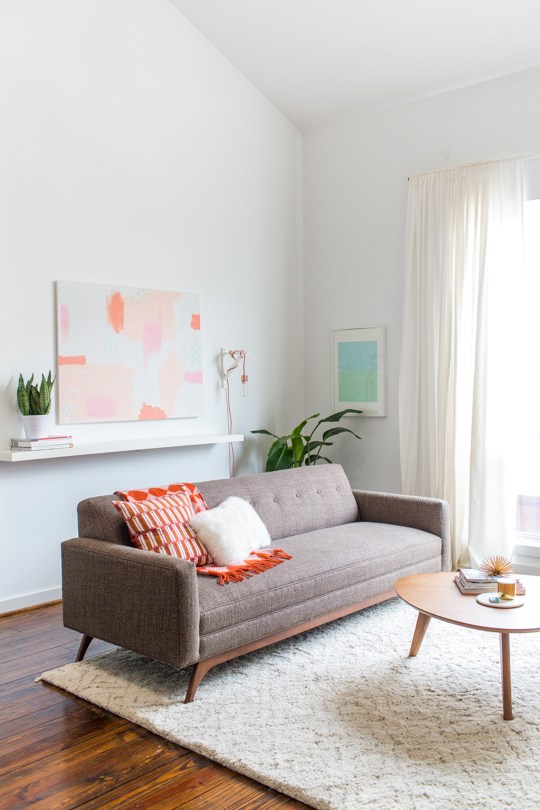
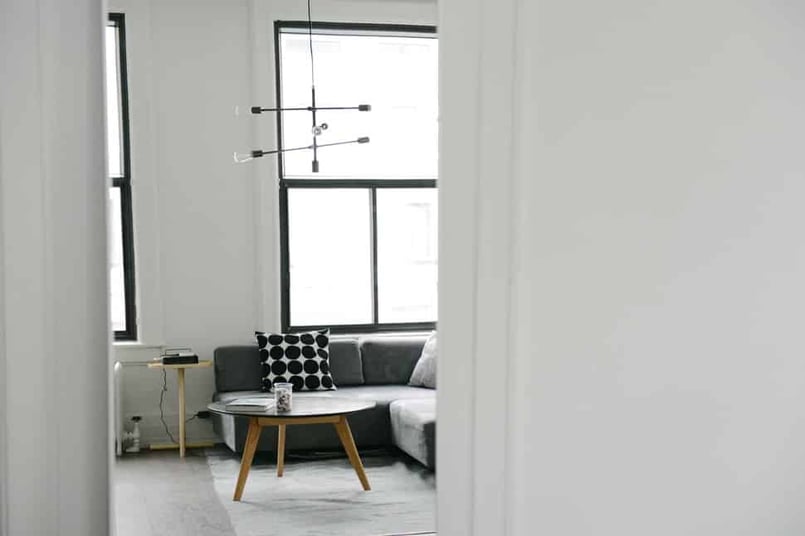
So you’ve been thinking about changing the design of your bedroom, living room or office? Can’t quite pick the perfect design style for you? Don’t worry! It’s a common feeling for most people. You don’t want to spend hundreds of dollars buying books to learn about the different styles, and you don’t have the time to spend hours researching every week to find new inspiration. Fear no more; a minimalist design for your home is the perfect platform to launch you into finding your ideal design style.
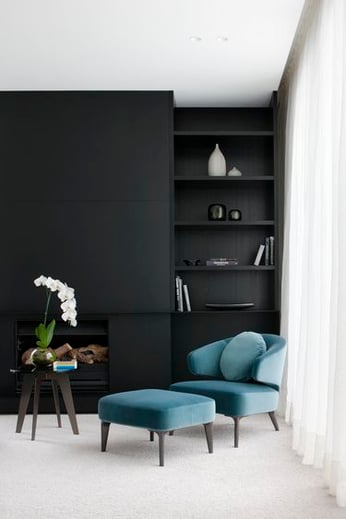
What is minimalism?
No, it’s not a new wave of passionate university students attempting to overthrow capitalism. It is a form of interior design that expresses beauty through a few key principles: open spaces, only one or two leading colours, and drawing attention to your favourite interior decoration pieces. In interior design, minimalism is about achieving the best plan possible through absolute simplicity.
It requires thought and, most of all, self-control. It is often very easy to clutter a room with all things beautiful. However, minimalism requires you to choose your favourite, most spectacular pieces to grab attention rather than sit amongst a clutter of other beautiful things. Where classic design promotes excess, minimalism promotes restraint. If you want to make your room seem bigger, or you are just interested in trying something new, consider the following tips and take inspiration from the photos you see.
Studies have proven that a monochromatic paint base has the effect of enlarging our perception of room size. This means that by choosing one key colour as the base colour for our rooms, we can increase our perception of the size of the room. That is pretty enlightening stuff. Minimalistic design typically promotes using white, or even a light grey, as the base colour of a room as these maximise our space perception and allow for additional splashes of colour from other room features. By choosing a monochromatic colour scheme, you can draw more attention to your favourite piece of art or furniture. Check out the images below for perfect examples.
Art and Design blogger Sugar and Cloth perfectly utilizes the power of white walls to increase our perception of size. Also, notice how the splashes of colour through art and decorative pillows bring life and zest to the living room.
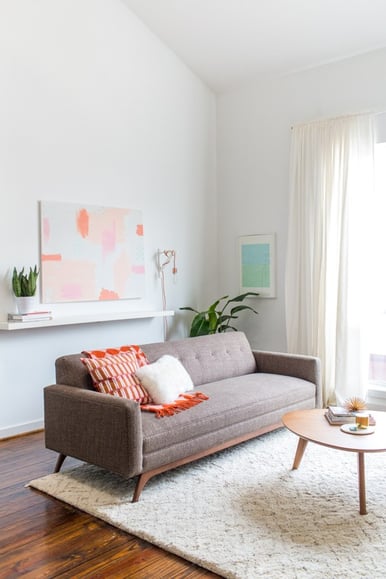
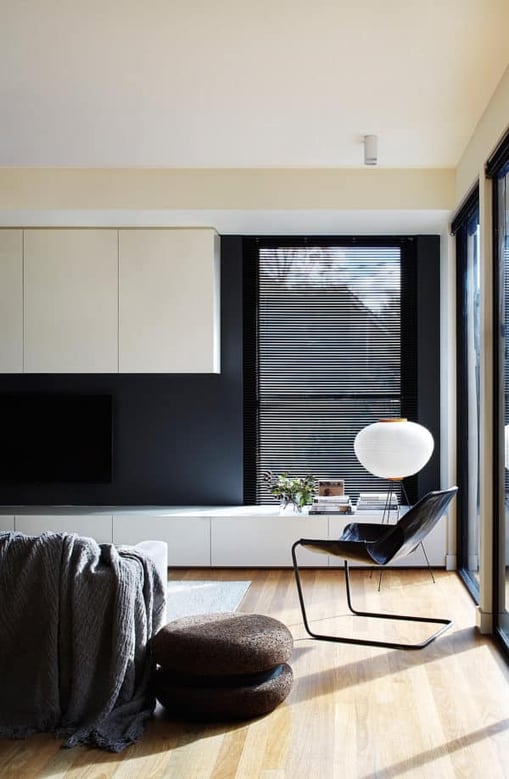
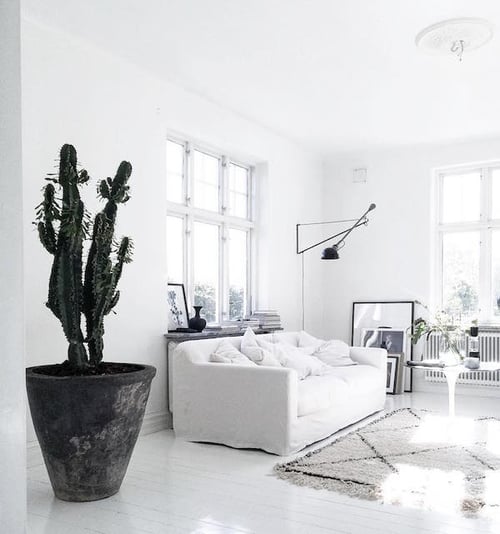
Allow for Empty Space
Another critical feature of minimalist home design is open space. Allowing for open space avoids clutter and gives off a feeling of freedom to roam and walk without dodging furniture or other decorations. It may seem unimportant, but it makes a huge difference – especially for those living in small apartments or houses. Oracle Fox perfectly implements open space and balances black and white.
Features that serve a purpose (and are also beautiful):
Finally, the last key element of minimalist home design is choosing features that serve a purpose. This is important as it restricts the amount of clutter and ensures that you focus on the key pieces you love. The goal has several definitions, and all of them require consideration. Functional purpose means that you pick decorations that will be regularly used. Decorative purpose means choosing artwork or furniture that allows you to achieve the overall look and feel you are searching for. When considering purpose, we like to ask ourselves three simple questions:
- Is it necessary?
- Does it clutter the room?
- Do I love it?
By asking yourself these three questions every time you want to add something to your living room, bedroom or office, you will ensure that you keep to your minimalist design goals.
Finishing up:
Interior design is complex and often requires several mistakes before it is perfected. While we always encourage experimentation and change, we recommend speaking to a professional interior designer. They bring considerable knowledge, can source cheap materials and help you express your design goals. ServiceSeeking.com.au has many interior designers ready to help you achieve your dream minimalist home.